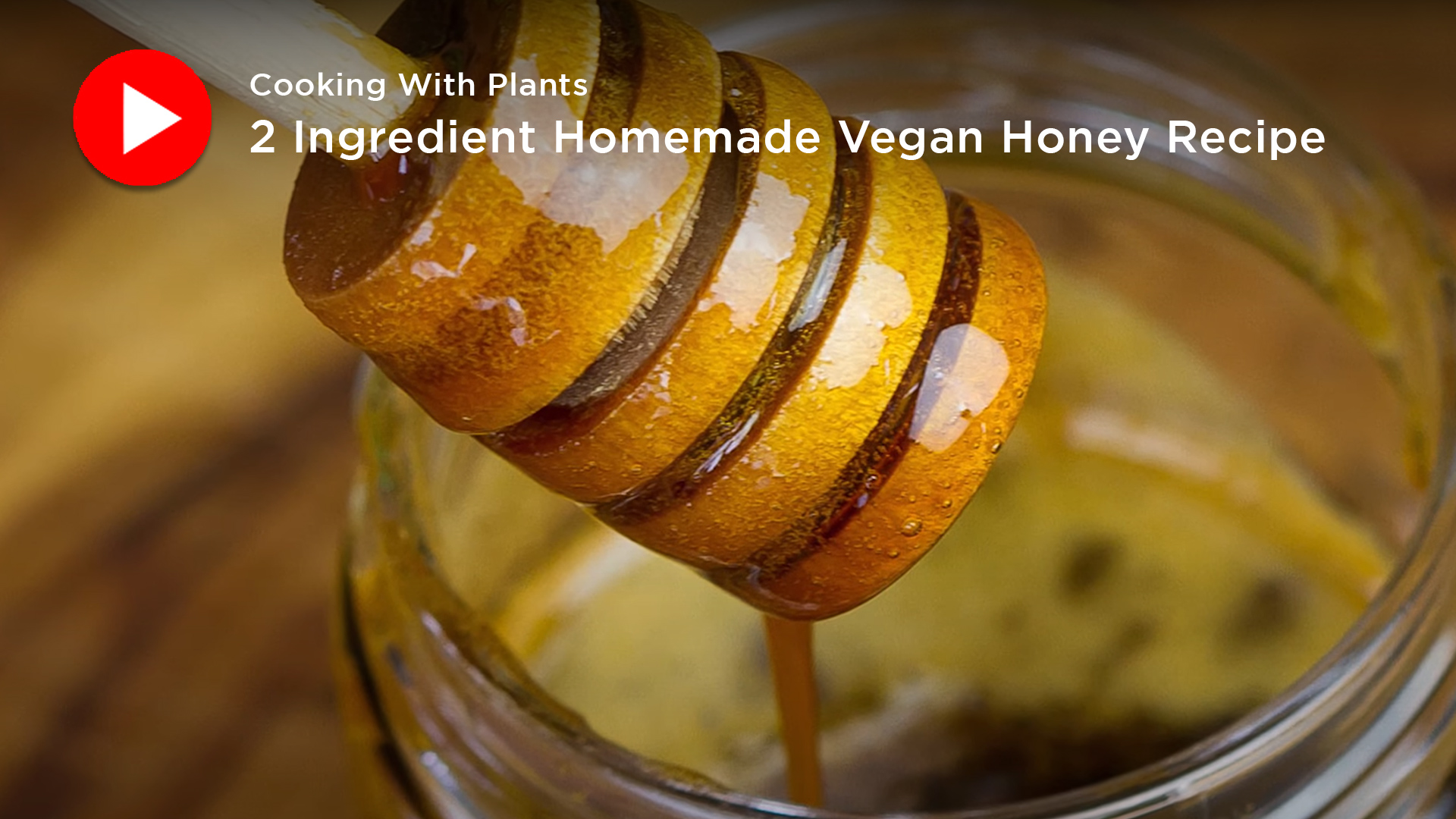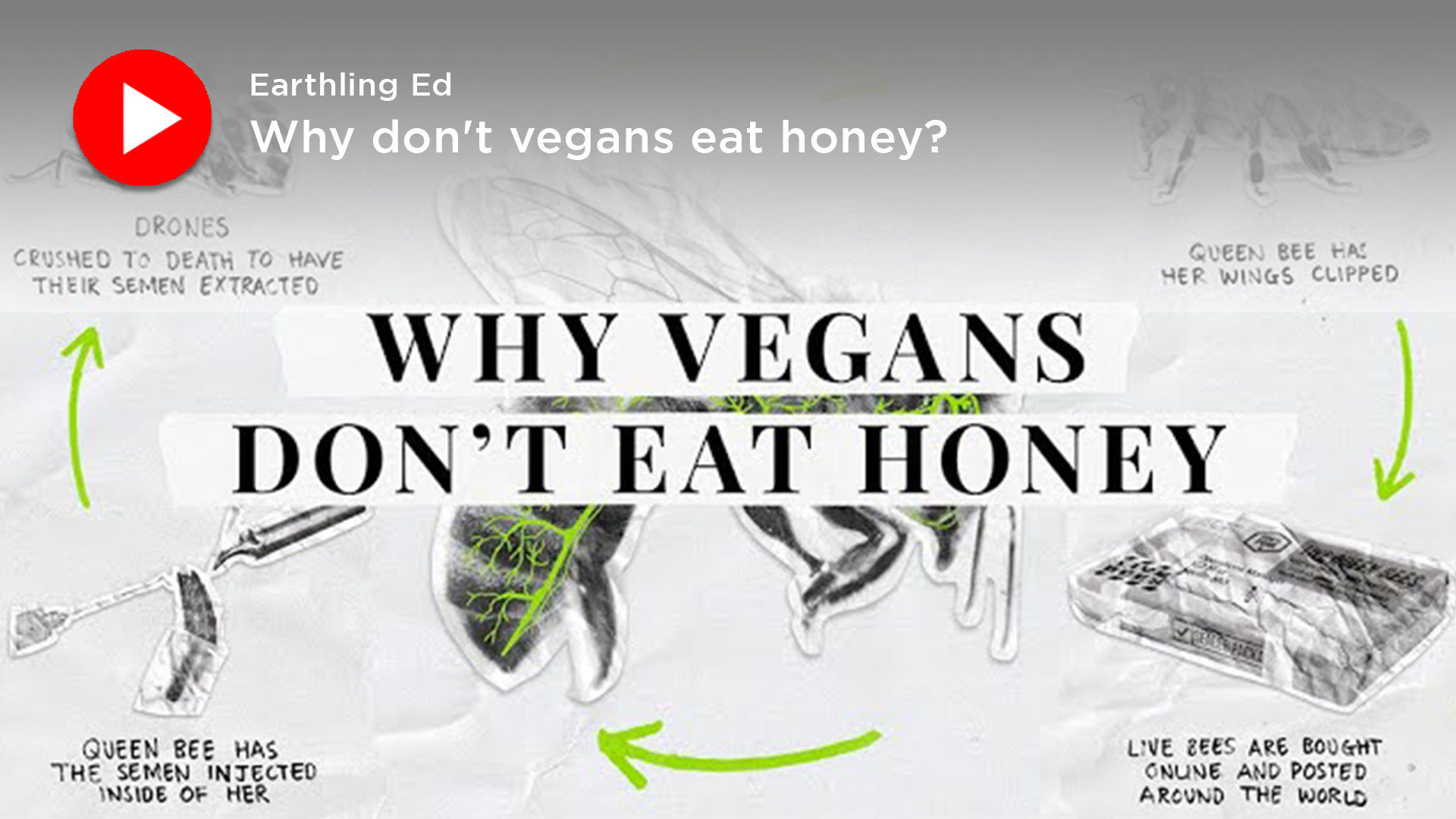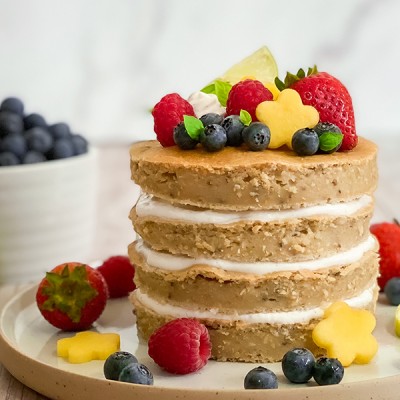Honey
Honey is a sweet, viscous liquid that is produced by bees from the nectar of flowering plants that can be easily replaced in cooking.

Honey can easily be replaced, generally with a 1:1 ratio, in baking, desserts, hot beverages, pancakes, waffles, cooking, marinades, etc., with the following:
- Maple syrup – concentrated sap of a maple tree
- Brown rice syrup – derived from cooked brown rice that are exposed to enzymes which break down starches and turn them into smaller sugars
- Date syrup – made from whole dates simmered in water, puréeing the mixture then pressing it through a filter to strain out any insoluble parts
- Coconut nectar – derived from the nectar of coconut palm flowers
- Golden syrup – also known as light treacle is made by either the refining of sugar cane or adding acid to a sugar water solution
- Barley malt syrup – made from sprouted malted barley
- Agave nectar – produced from the agave plant
Watch: Learn how to make your own vegan honey with just two ingredients.
Alternatives to beeswax
There are also a few alternatives to beeswax:
Soy wax
Made from the oil of soybeans
Uses: Soy wax is excellent for manufacturing candles and candle melts, and can also be used to make balms and solid perfumes.
Candelilla wax
Derived from the leaves of a small shrub native to Mexico and the southwestern United States.
Uses: Candelilla wax can be used for lip balms, lipsticks, lip gloss, lotion bars as well as candles, skincare and different cosmetic products.
Carnauba wax
Comes from the wax found on the leaves of the carnauba palm tree native to Brazil.
Uses: Carnauba wax acts as a hardening agent, thickener, and emulsifier. It’s used in a variety of cosmetic applications including lip balms, lipsticks, lotion bars, mascaras, pomades, ointments and salves.
Why Honey is Not Vegan
Bees produce honey for bees, not humans. When nectar and pollen from flowers is in short supply, bees rely on their stored honey as their food source, which keeps them healthy and sees them through colder months.
The honey industry involves the factory farming of bees, where they are seen as commodities and exploited for the food they work so hard to make.
Some standard practices that beekeepers use include:
- Administering antibiotics to bees
- Artificial or instrumental insemination of the queen bee
- Replacing bees’ energy source (honey) with sugar substitutes, which lack the vital nutrients honey contains.
- To extract the honey from a beehive, the hive box is opened, and the honeycomb is scraped away from the frames. The action of opening, pulling out frames and scraping away the honeycomb results in bees being squashed and killed. In order to create beeswax, the comb is extracted from the homes of bees and melted down.
Watch: In this video Earthling Ed further explains why vegans don’t eat honey.
Recipes that replace honey
A selection of recipes with honey substitutes by Vegan Easy guest bloggers.
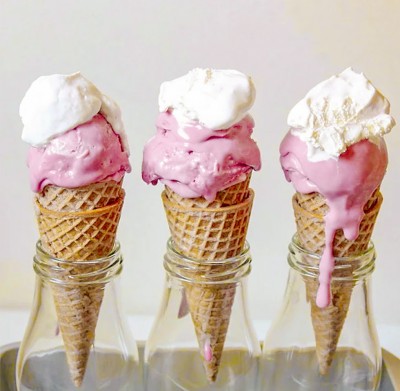
The Creamiest Vegan Ice Cream
by Nathalie Sader. You wouldn't believe us if we told you this delicious ice cream is made from sweet potatoes and brown rice syrup.
See the Recipe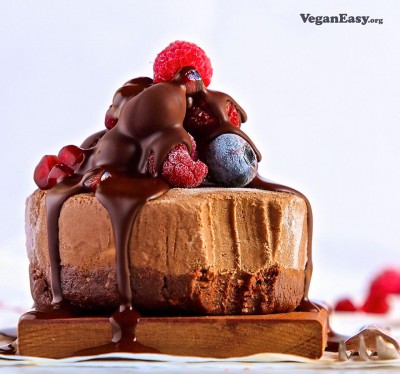
Chocolate Mousse Cake For Two!
by Panaceas Pantry. The perfect cake for a naughty night in with your partner, sweetened with coconut nectar.
See the Recipe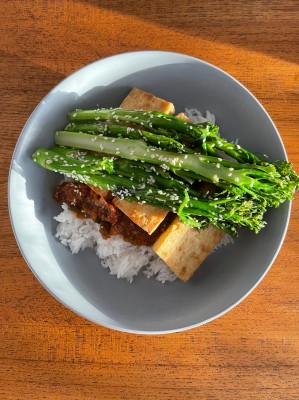
Gochujang Tofu & Broccolini
by Vegan Diaries. This dish is not as spicy as regular Gochujang and uses maple syrup.
See the Recipe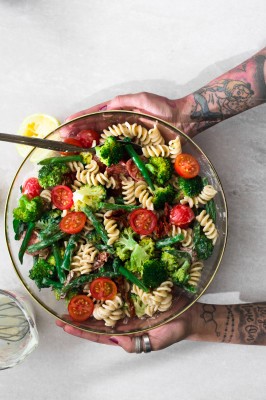
Vegan Lemon Tahini Pasta Salad
by Crazy Vegan Kitchen. A delicious pasta salad with garden-fresh veggies tossed in a smooth lemon tahini dressing with Agave nectar.
See the Recipe
